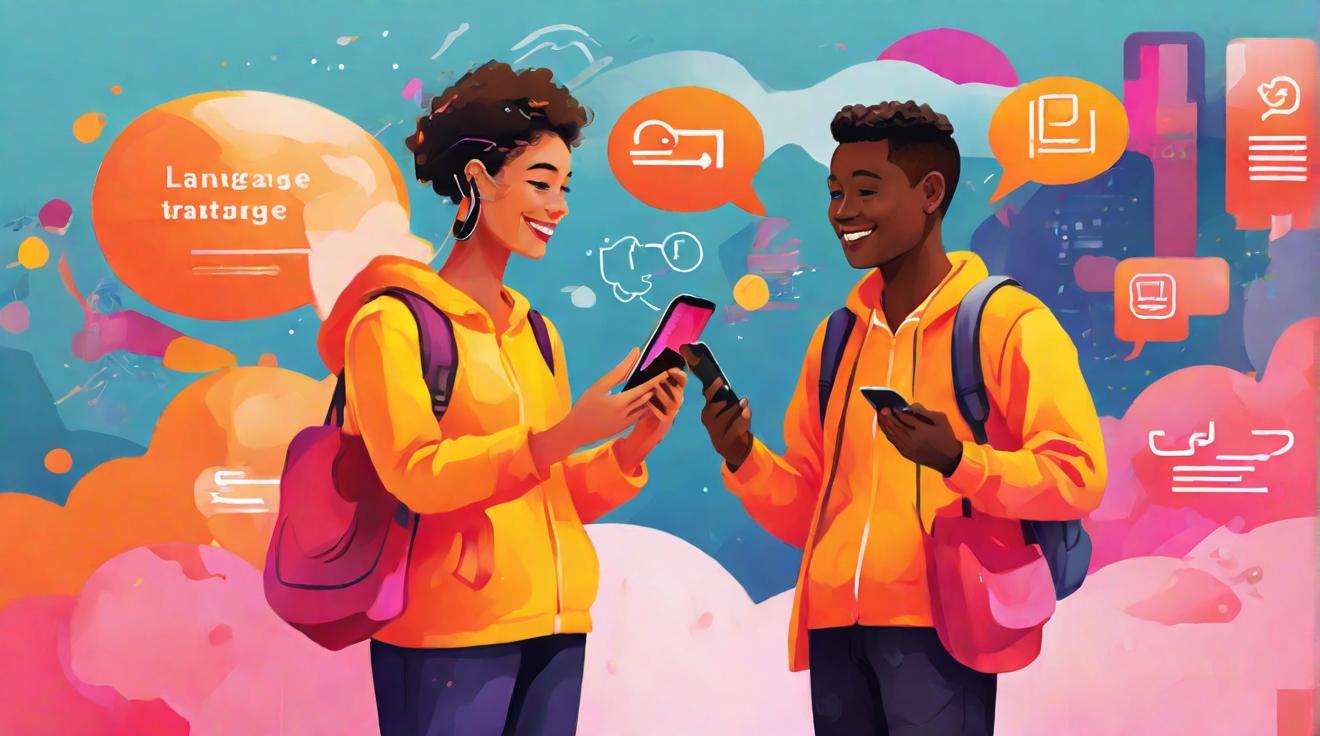AI-Enhanced Language Translation Apps: Breaking Down Communication Barriers SWOT Analysis
In an era where global connectivity transcends geographical boundaries, AI-enhanced language translation apps have emerged as pivotal tools in bridging the communication gap. As businesses and individuals seek to expand their horizon across diverse cultures and languages, the demand for accurate and instantaneous translation services has soared. This comprehensive SWOT analysis delves into the strengths, weaknesses, opportunities, and threats surrounding this burgeoning technology, shedding light on its role in fostering a more interconnected world.
Strengths: The Power of AI in Translation
At the heart of AI-enhanced translation apps lies their unparalleled accuracy and speed, setting them apart from traditional translation methods. Leveraging sophisticated natural language processing (NLP) algorithms, these apps can understand context, idioms, and cultural nuances, providing translations that are not only precise but also culturally relevant. Moreover, continuous learning capabilities ensure that AI systems become more adept over time, further boosting their effectiveness.
Another significant advantage is their accessibility. With just a few taps on a smartphone, users can unlock a world of languages, making these apps indispensable tools for travelers, international businesses, and educational institutions. The integration of voice recognition technology enhances their utility, enabling real-time spoken language translation—a boon for negotiations and social interactions across language barriers.
Weaknesses: The Limitations of Technology
Despite their advancements, AI translation apps are not without their flaws. The quality of translation can vary significantly depending on the language pair, with less commonly spoken languages often receiving less accurate translations. This discrepancy underscores the challenges in training AI systems with a comprehensive dataset for every language.
Another concern is the dependence on internet connectivity. While offline features are available, they are typically limited in scope and accuracy, restricting the apps' usability in remote or low-connectivity areas.
Opportunities: A Future without Language Barriers
The global expansion of internet access presents a fertile ground for the proliferation of AI translation apps. With emerging markets gaining online connectivity, the potential user base for these apps is expanding rapidly. This trend, coupled with the growing international travel and trade, signifies a vast market opportunity.
Furthermore, advancements in AI and machine learning technologies hold the promise of even more sophisticated translation capabilities. The integration of contextual and cultural intelligence could pave the way for translations that capture not only the linguistic but also the emotional essence of communication, thereby enriching cross-cultural interactions.
Threats: Navigating a Competitive Landscape
The AI translation app market is fiercely competitive, with numerous players vying for dominance. This competition, while driving innovation, also poses a threat to emerging and existing applications struggling to differentiate themselves. Moreover, the risk of data privacy breaches looms large, as these apps often require access to personal and sensitive information.
Another potential threat is the emergence of regulatory challenges. As governments worldwide grapple with the implications of AI on society, stringent regulations could impact the development and deployment of translation apps, potentially stifacing innovation.
Conclusion: A World United by Language
AI-enhanced language translation apps stand at the forefront of technological advancements, promising to dismantle the age-old barriers of language and culture. By harnessing the power of AI, these tools offer a glimpse into a future where communication boundaries cease to exist, fostering a more inclusive and connected world. Yet, navigating the complex landscape of technological limitations, competitive pressures, and regulatory hurdles will be crucial in realizing this vision. The journey towards seamless global communication continues, driven by the relentless pursuit of innovation in the realm of AI-enhanced translation services.













